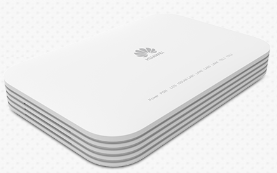tokyo_networking
Regular Contributor
I am using an Asus router behind the router provided by the Internet provider. I don't like that router but unfortunately I have no choice. The below image works for me, but I would appreciate any feedback on the setup and whether there are any configuration on either router I should be concerned about or could improve on.



